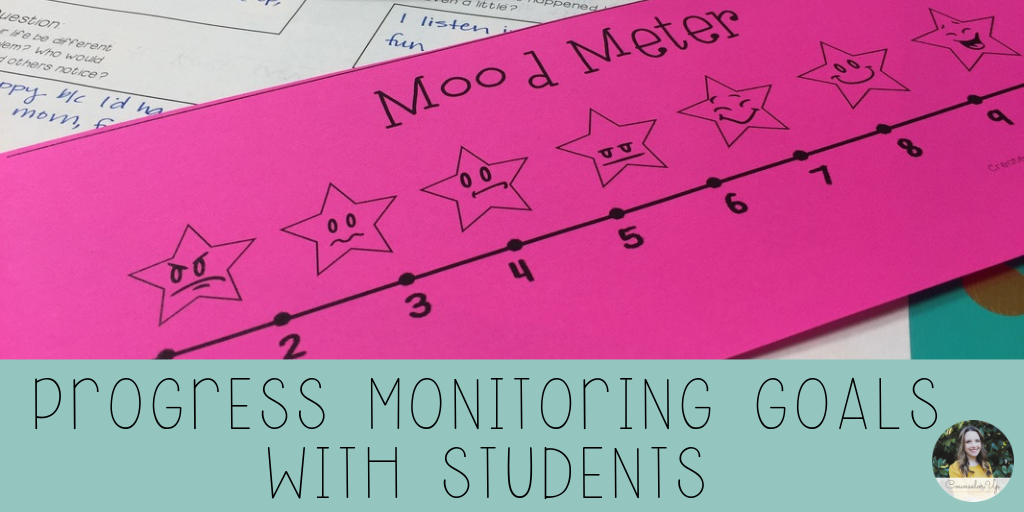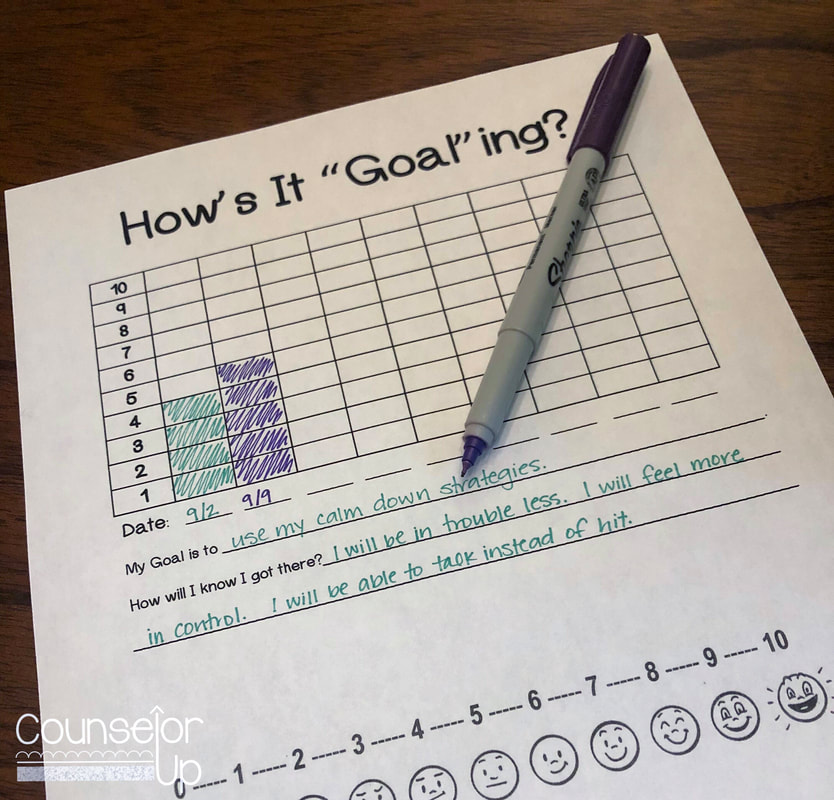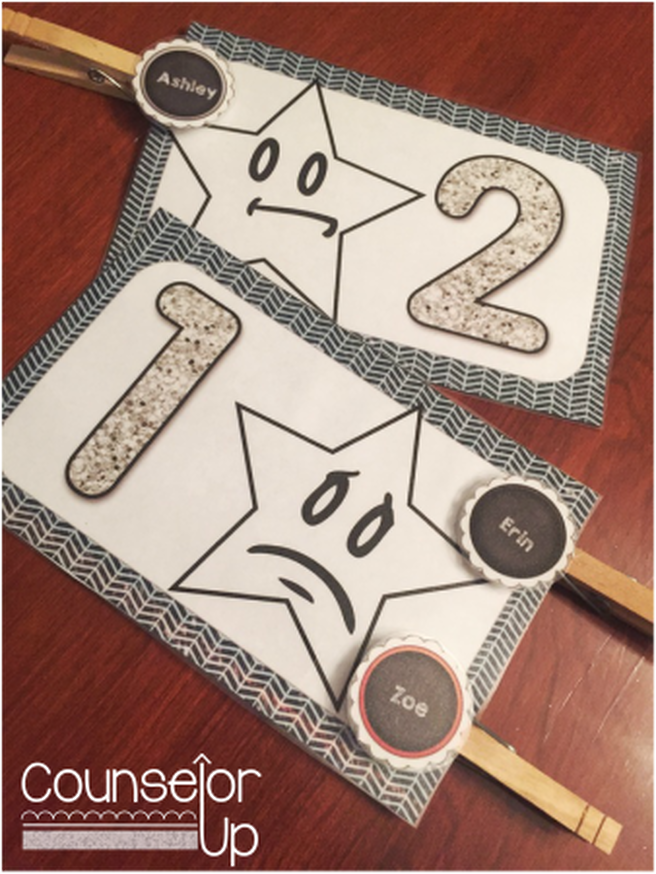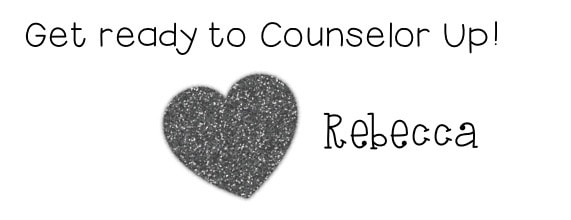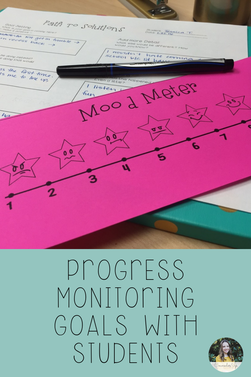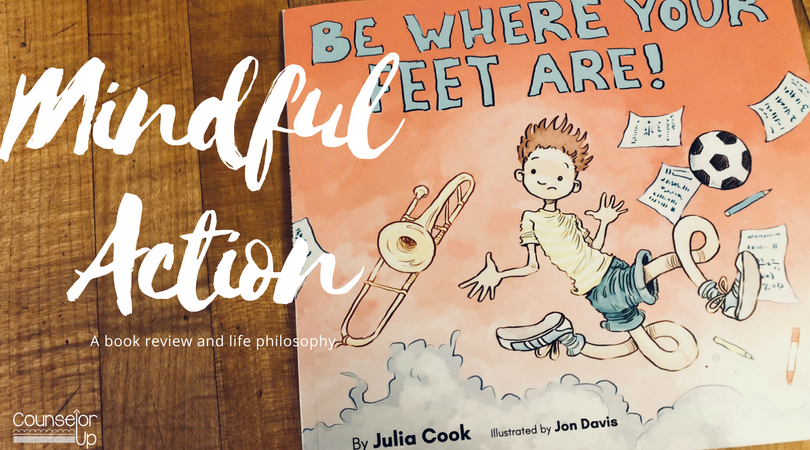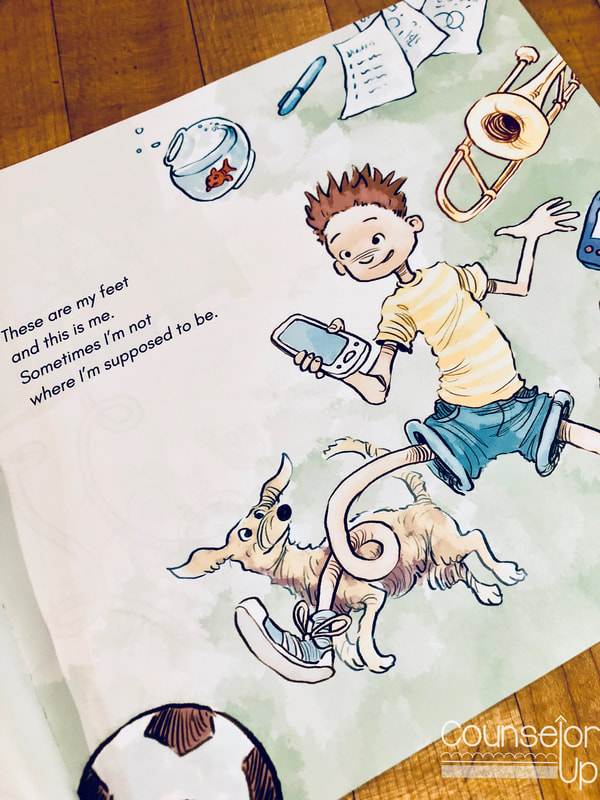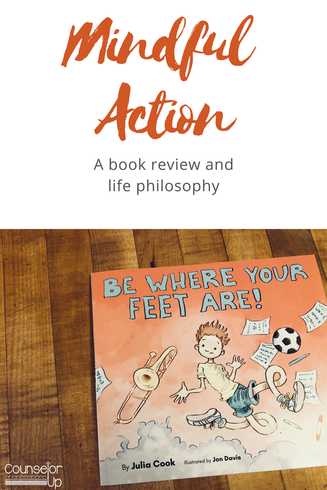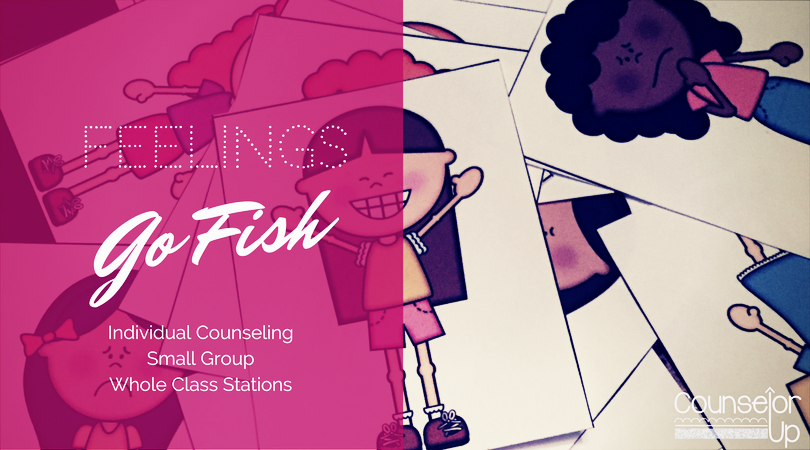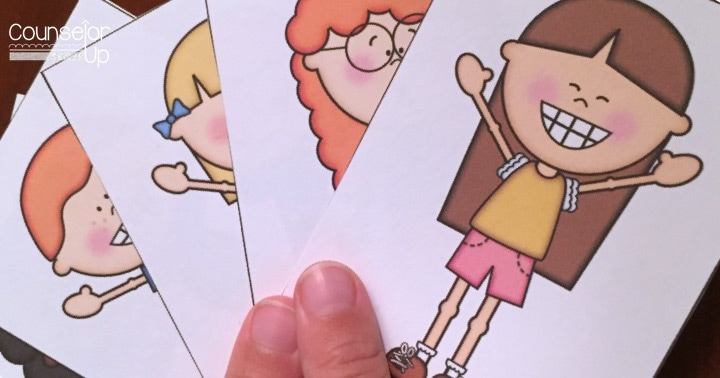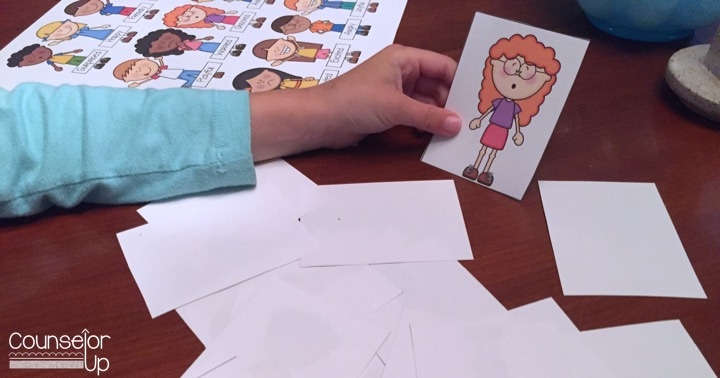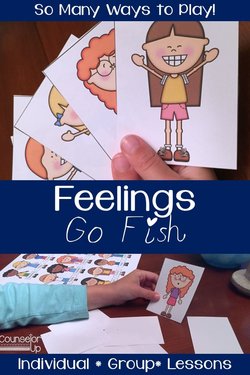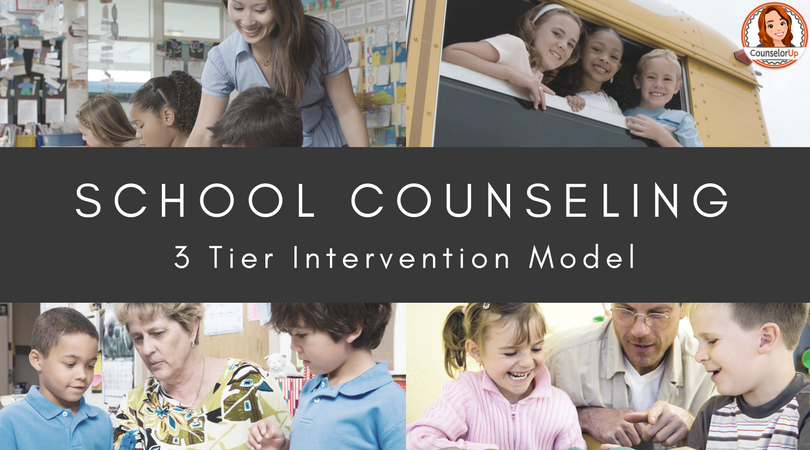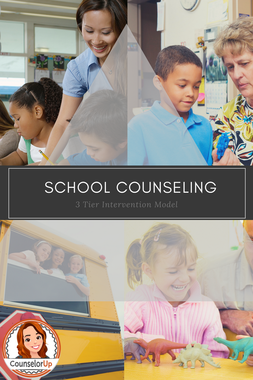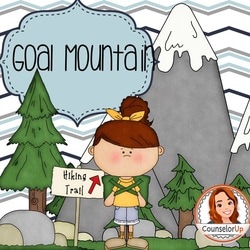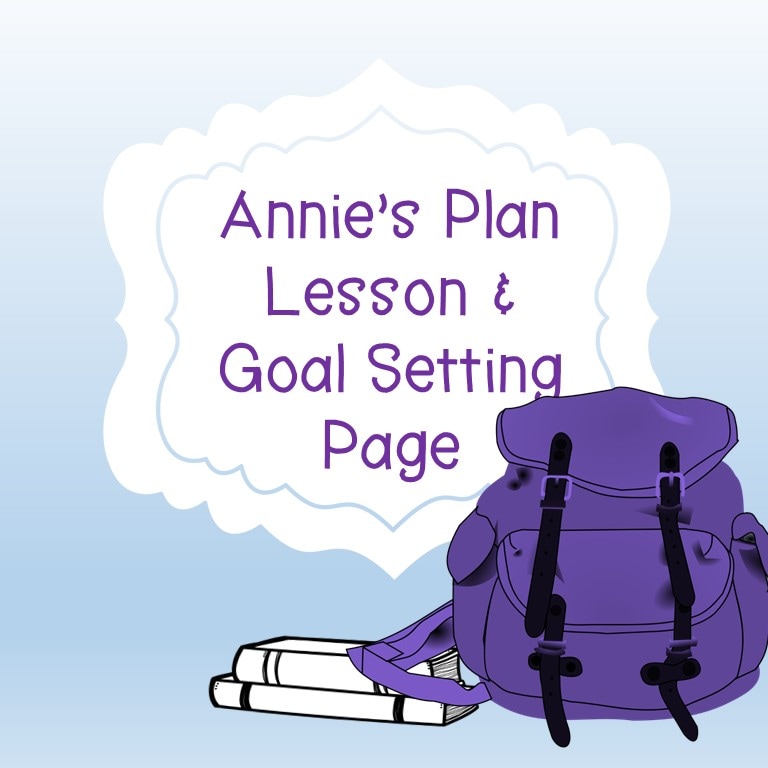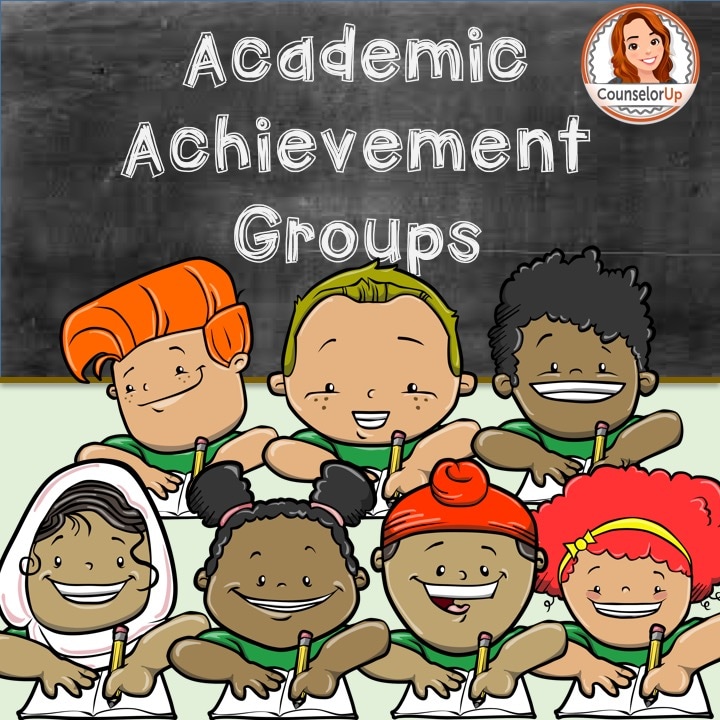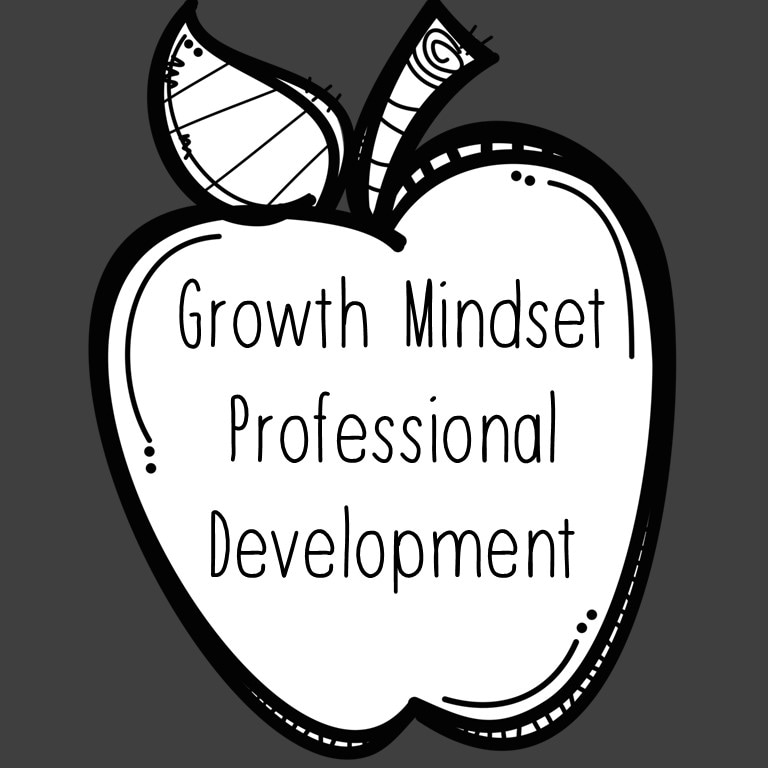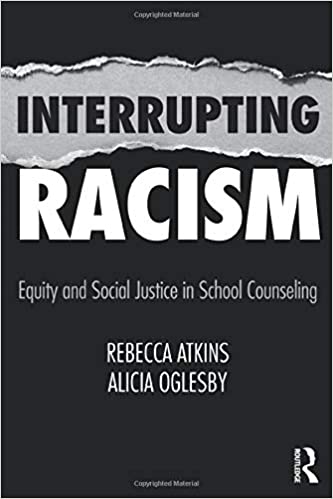Progress monitoring is important for students because it keeps them motivated and helps them to see if they are getting closer to their goal. It’s important for counselors because it helps us to see if the work we are doing is helpful for students. If we can see that the student is not, in fact, closer to meeting their goal, then we know we need to change what we are doing to help them.
Progress monitoring can also be important information to share with parents and teachers. If the student is working on a non-confidential goal, like a behavior contract or homework completion. I can share that data with parents and teachers so that they can also work with the kiddo on meeting their goal.
Bar Chart Graph
Build It Up
In the Moment
Whatever tool you use, progress monitoring goals with students is crucial for helping them to move toward their goals. If you’d like a free copy of my progress monitoring bar graph, you can grab that here. What are your tips?

